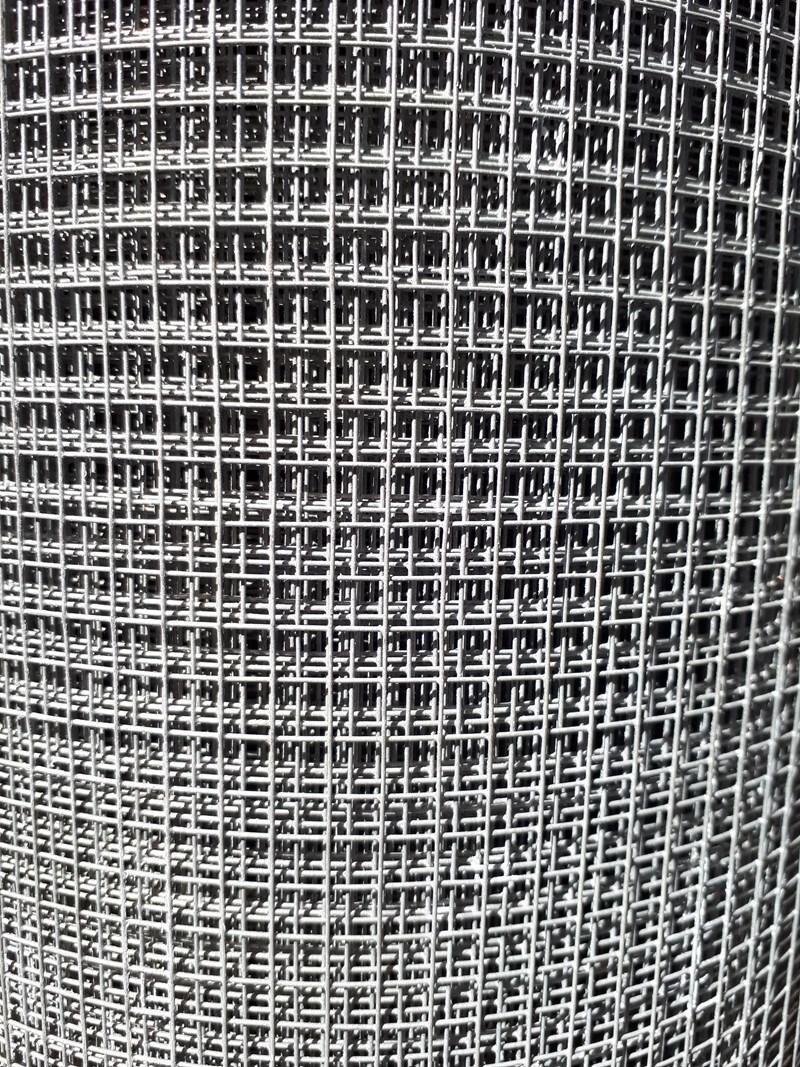
Snakes are part of the Morangup landscape, but you can greatly reduce unwanted encounters around your home, pets, livestock and poultry by taking simple, proven steps. These measures work because they remove food sources, reduce hiding spots, and keep vulnerable animals protected.
Habitat & Shelter Management
Keep grass mowed and undergrowth trimmed around houses, sheds and fences. Remove piles of timber, bricks or scrap where snakes and rodents hide. Store firewood neatly, off the ground and away from buildings. Seal compost bins and secure feed to reduce rodents.
Exclusion & Barriers
Seal cracks and gaps in sheds, coops and houses with fine mesh. For poultry or lambing pens, install snake-proof fencing using fine mesh or welded wire, and bury the lower edge 20–30 cm to prevent snakes squeezing underneath.
Poultry & Livestock Protection
Build coops on concrete or elevate floors. Keep feed and water sources inside secure enclosures to avoid attracting rodents and frogs. Remove excess straw, hay and vegetation near walls, and inspect regularly for shed skins or tracks.
Hay Stacks, Grain & Fodder Storage
Hay bales and straw stacks are a classic hiding place for snakes on both small lifestyle blocks and large farms. The gaps between bales provide warm shelter, and spilled grain or chaff attracts rodents – which in turn attract snakes.
On smaller properties: Avoid stacking hay right against coops, sheds, or animal shelters. Store bales on raised pallets or a concrete/gravel pad instead of directly on the ground. Keep stack areas tidy by sweeping up spilled grain and chaff. If possible, house hay in a closed shed with active rodent control.
On larger farms: Rotate stacks regularly so the bottom layers aren’t left untouched for months. Use loaders or tractor forks instead of reaching by hand between bales. Keep bait stations maintained to manage rodents. Place fodder storage areas well clear of houses, dog yards and poultry runs to reduce the chance of snakes moving from food sources into living spaces.
Safe handling tips: Always wear boots and gloves when working hay. Never reach blindly between bales – move them fully before placing your hands in gaps. Dogs and working animals should also be kept away from hay yards where possible, as they are often the first to be bitten when they investigate snakes.
Natural Hideouts & Pythons in the Region
Snakes are masters of camouflage and make use of many hiding places across bush and farm landscapes. Being aware of these common refuges helps you avoid surprise encounters and reduce risks for pets, poultry and livestock.
Rocks & stone piles: Snakes curl up under rocks, stone heaps or slabs where they find warmth in cool mornings and shelter during heat. When moving rocks, always use tools and take care — never reach underneath blindly. Rock crevices, rubbish heaps and timber stacks are known ambush zones for species like the Western Brown (Gwardar).
“Think beyond the ground: snakes use rocks, fallen timber, farm debris and even tree hollows and roof spaces. Reduce hiding spots, keep areas tidy, and always be cautious when shifting materials.”
Fallen bark, logs, scrub & litter: Loose bark, logs and heavy leaf litter provide hidden tunnels and cool cavities. Avoid leaving piles of bark or mulch close to sheds, coops or houses.
Stored materials: Snakes also use building and farm debris such as roofing tin, pipes, tarps, bricks and timber offcuts. If materials must be stored, stack them off the ground and away from living or animal areas.
Tree climbing & arboreal refuges: Not all snakes stay on the ground. The South-west Carpet Python (Morelia spilota imbricata) — a large, non-venomous python native to our region — is a strong climber. It shelters in hollow tree limbs, rock crevices, roof spaces and sheds. While not dangerous to people, carpet pythons can startle residents and are capable of taking poultry or small pets if left unsecured.
“It isn’t cool or legal to harm snakes — no matter the type. Venomous or non-venomous, they play a vital role in controlling pests and keeping the bush balanced. The safest option is always to give them space and call a licensed snake catcher if one needs removal.”
Pet Safety
Outdoor pet areas should be clean and free of debris or thick vegetation. Don’t leave pet food outside overnight. Keep dog runs tidy and ensure fences are in good condition. For paddocks near bush, clear scrub and keep good visibility.
Water & Food Source Control
Fix leaks, drain puddles and keep troughs and birdbaths clean. Spilled grain and water attract frogs and rodents, which attract snakes. Manage rodents by keeping feed locked away and cleaning up spills immediately.
Deterrents & Practical Notes
So-called “snake deterrent” gadgets (ultrasonic or solar stakes) are often unreliable —
don’t rely solely on them. Focus on proven habitat and exclusion methods.
If a snake enters your home, shed or coop, please do not attempt removal or identification yourself.
Call a licensed snake catcher or wildlife service.
NB: Please post a question in the MRG (Morangup Resident Group) -ask other group members for info and contacts for available snake handlers that live-in, or come to Morangup
Quick Reference – Top 5 Actions
- Mow lawns and trim vegetation near houses and coops.
- Seal feed, water and rubbish to reduce rodents and frogs.
- Use snake-proof mesh fencing on poultry and livestock pens.
- Keep pet yards clean and free of clutter; don’t leave food out.
- Fix leaks and remove water sources that attract prey species.
